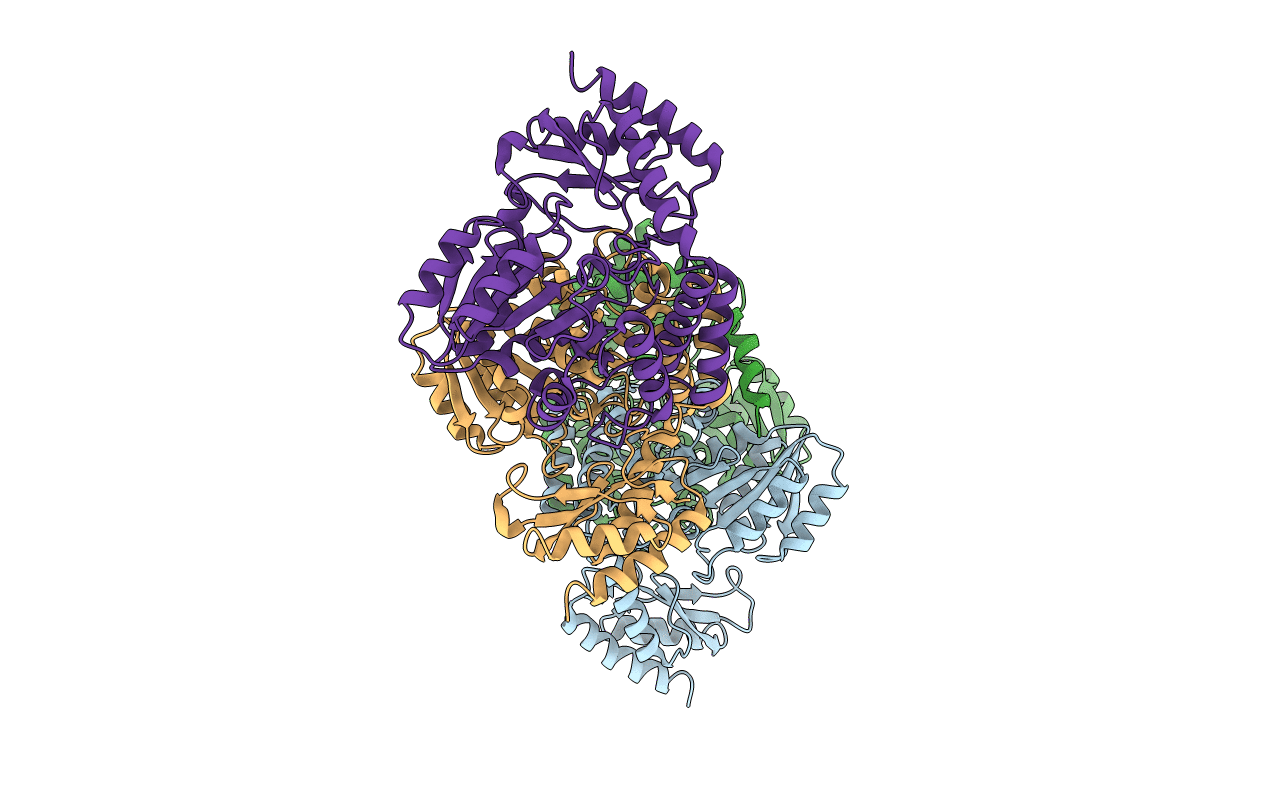
Deposition Date
2014-08-20
Release Date
2014-12-17
Last Version Date
2023-11-08
Entry Detail
PDB ID:
3WY7
Keywords:
Title:
Crystal structure of Mycobacterium smegmatis 7-Keto-8-aminopelargonic acid (KAPA) synthase BioF
Biological Source:
Source Organism:
Mycobacterium smegmatis str. MC2 155 (Taxon ID: 246196)
Host Organism:
Method Details:
Experimental Method:
Resolution:
2.30 Å
R-Value Free:
0.27
R-Value Work:
0.24
R-Value Observed:
0.24
Space Group:
P 1 21 1


